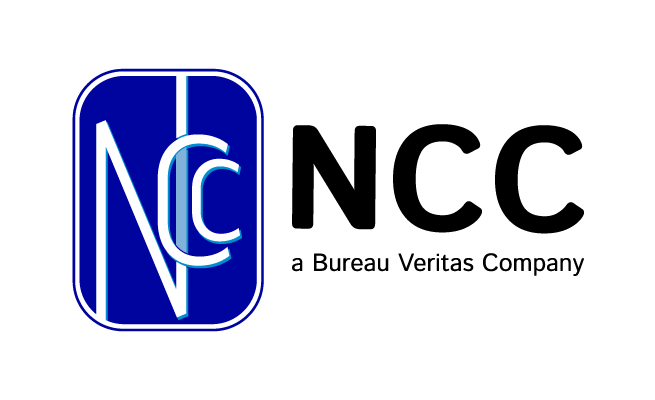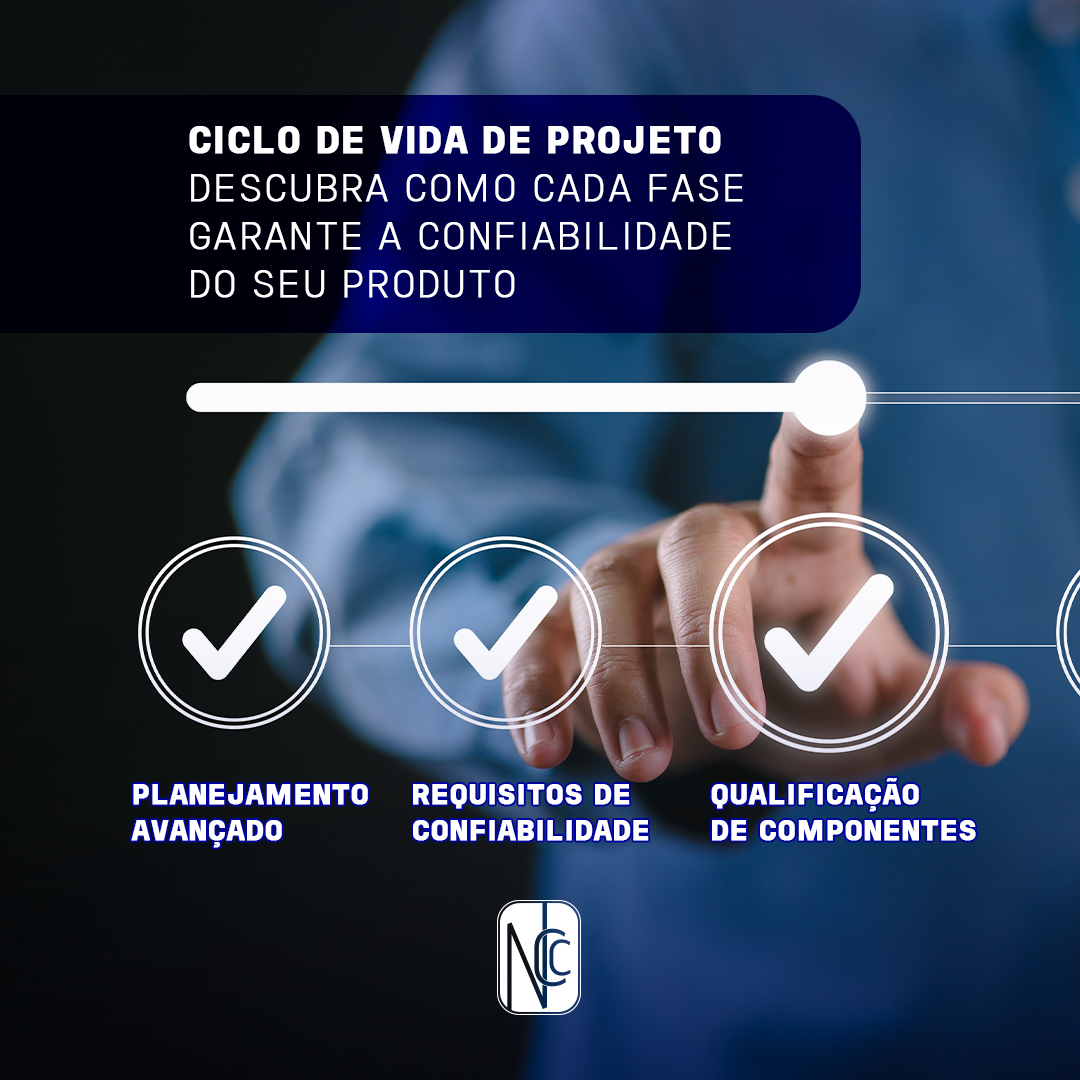Within the project life cycle, among the various activities conducted, the following can be highlighted:
- Conceptual and advanced planning phase
- Establishment of reliability requirements – Design phase
1. Conceptual and Advanced Planning Phase
- Definition of Responsibilities
- For the efficient use of resources related to reliability, performance, and product quality, the first step is to define the primary responsibilities of the teams involved in development. It is also important to identify the specific skills to be developed, so that individuals with these competencies and characteristics can be selected during the development process.
- Project Review Team
- To ensure overall control of the development program, a product assurance or critical project analysis team should be established to periodically review the project (design review). The leader of this team should come from product management, and their responsibilities include managing both program and quantitative requirements.
- Program and Quantitative Requirements
- The three core reliability and performance requirements are: reliability engineering, reliability costing, and program interfaces. If the product to be developed includes a significant software component, a fourth key requirement is software management.
- To define quantitative requirements, the responsible teams must be proficient in mathematical modeling, hypothesis testing, and reliability analysis of electronic, mechanical, and software systems. Ideally, professionals with strong backgrounds in engineering, statistics, operations research, and software should be assigned to develop these requirements. The requirements should exceed minimum acceptable values and contain sufficient data to make the results meaningful.
- Reliability Plan
The main functions of the plan are to:
Establish a mechanism for identifying and correcting problems
Define procedures for updating and disseminating documentation
Identify key personnel, and
Provide design checklists
- If subcontractors are involved, the plan should also outline procedures for monitoring their activities. Finally, it must include a schedule with clear milestones and assigned responsibilities.
2. Establishment of Reliability Requirements – Design Phase
- Definition of the System and Intended Functions
The first factor to consider in a reliability program is the description of the system and a definition of its desired functions. This is necessary because the system is intended to satisfy customer needs. The definition of the system includes the reliability requirements.
- Environmental Specifications
- The first step in developing environmental requirements is to identify the conditions under which the product will be stored, handled, transported, and used. The environmental analysis should include the identification of possible misuse, maintenance mode, and special operating conditions.
- Failure mode identification process
- The failure mode analysis process generally falls into three categories:
- Bottom-up, for example, FMEA,
- Top-down, for example, FTA, and
- A combination of the above.
- The failure mode analysis process generally falls into three categories:
- Component Qualification
- A task performed early in the design phase is the development of a component qualification program. The use of standardized parts will help reduce uncertainties that arise in design problems. A component control program consists of the following elements:
- A component control board,
- A list of qualified components, and
- Procedures for approving non-standard components.
- A task performed early in the design phase is the development of a component qualification program. The use of standardized parts will help reduce uncertainties that arise in design problems. A component control program consists of the following elements:
NCC is recognized in the market for product certification and has competent professionals to provide all the necessary support and evaluate the design quality of your product.






